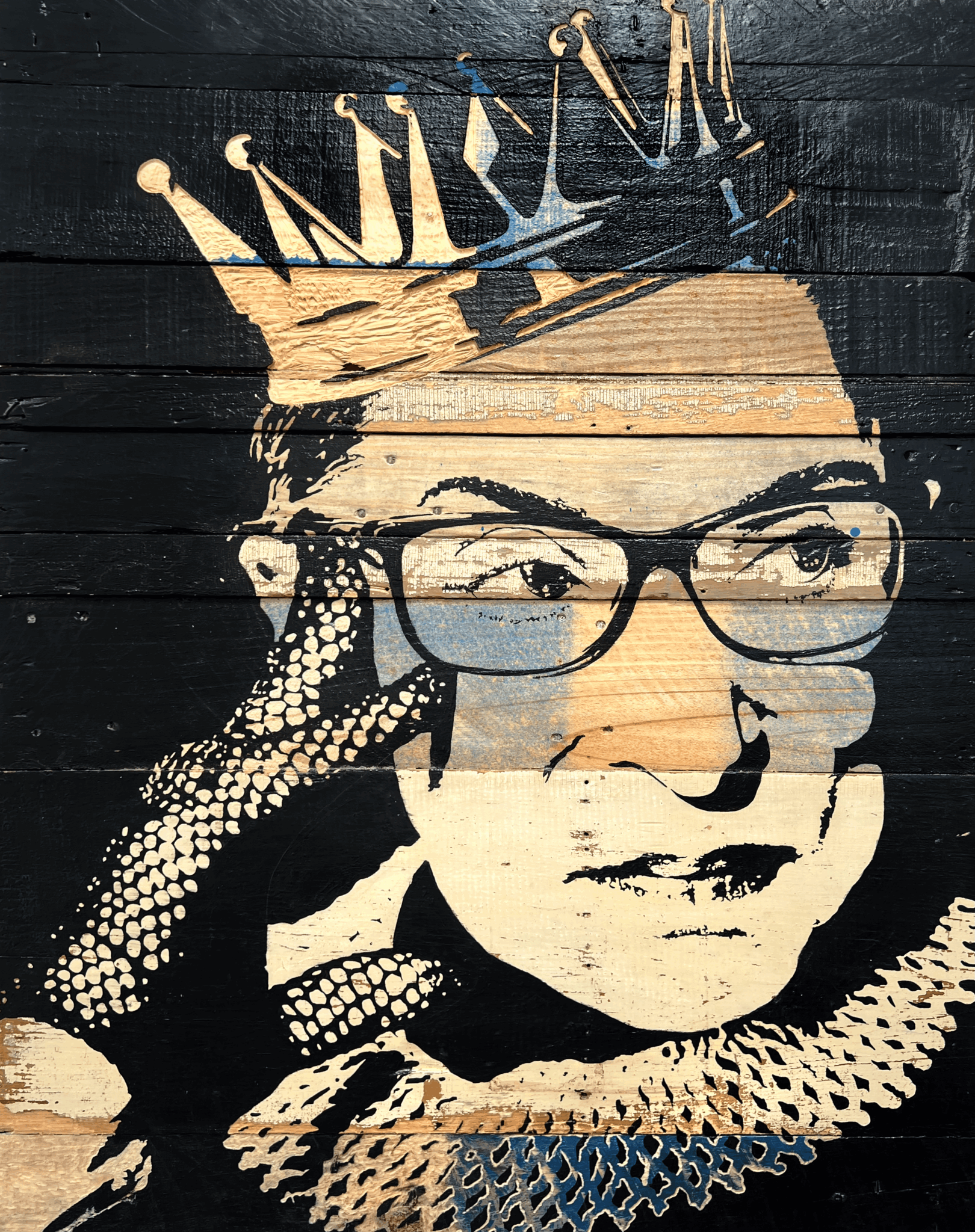We’re excited to introduce you to the always interesting and insightful Carter Agassi. We hope you’ll enjoy our conversation with Carter below.
Carter, appreciate you joining us today. What’s been the most meaningful project you’ve worked on?
There’s a different kind of experience that comes with creating something from deep meaning. It’s not just expression, but intention. The series I’m working on right now is a departure from my usual work. For the past eight months, I’ve been creating a series that pushes back against the escalating authoritarianism in America.
I’ve been working with reclaimed metal, turning it into canvases. Each piece is intentionally chosen to echo the subject I’m painting, creating a gritty, industrial backdrop where bold color cuts through the noise.
When a piece of art is rooted in activism, the process feels layered with emotions of frustration, urgency, anger, and hope, all colliding into something that needs to be seen and confronted. My new series is a response to the increasing command of oppressive power we’re seeing around us, to the communities being erased and dehumanized, voices silenced, and lives stripped of dignity. These pieces are resistance. They’re how I’ve learned to reclaim my voice, to combat the feelings of powerlessness.
The series hasn’t been shared publicly yet, but it will be soon. I hope that it resonates as deeply with others as it has within me.
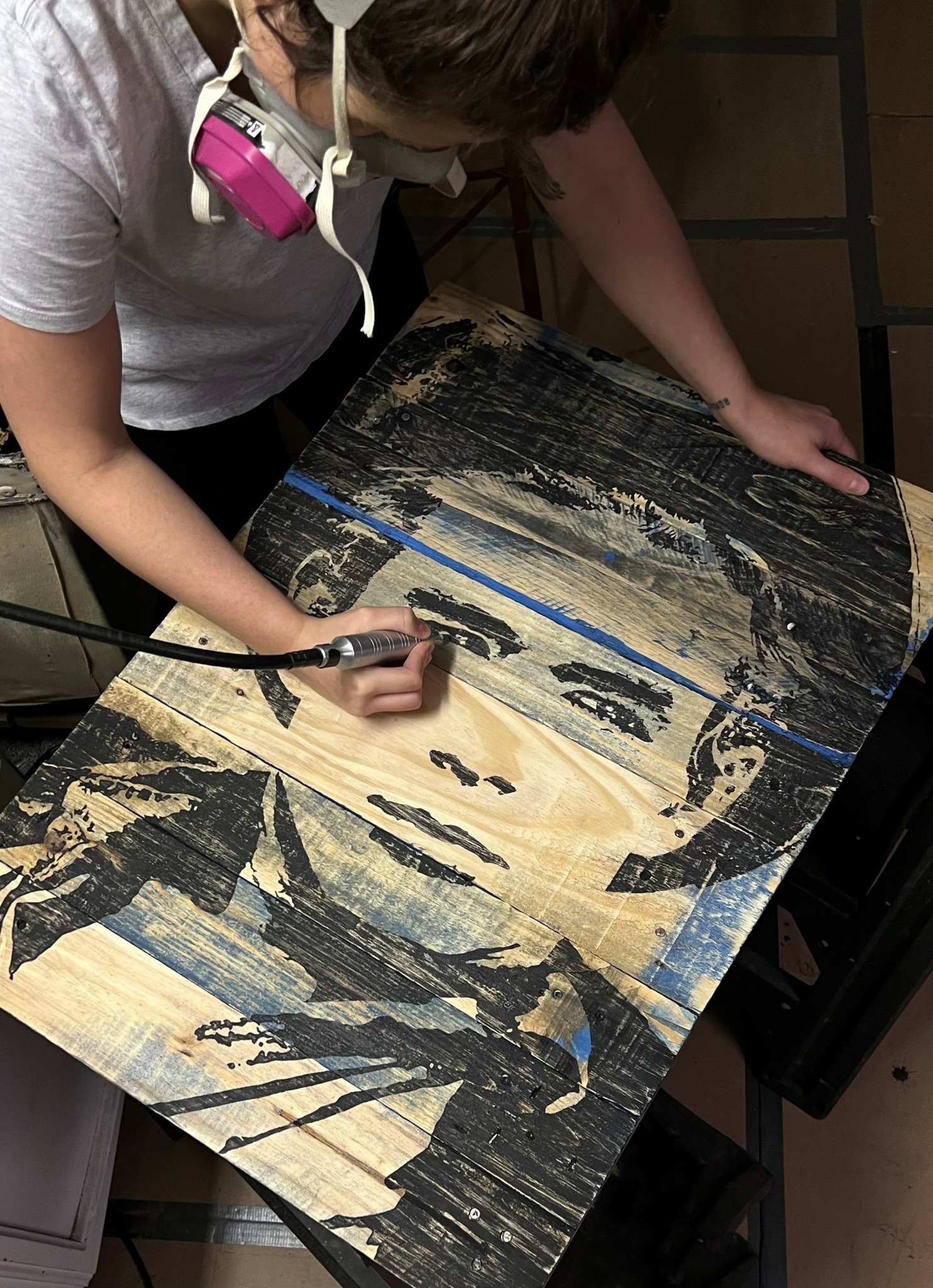
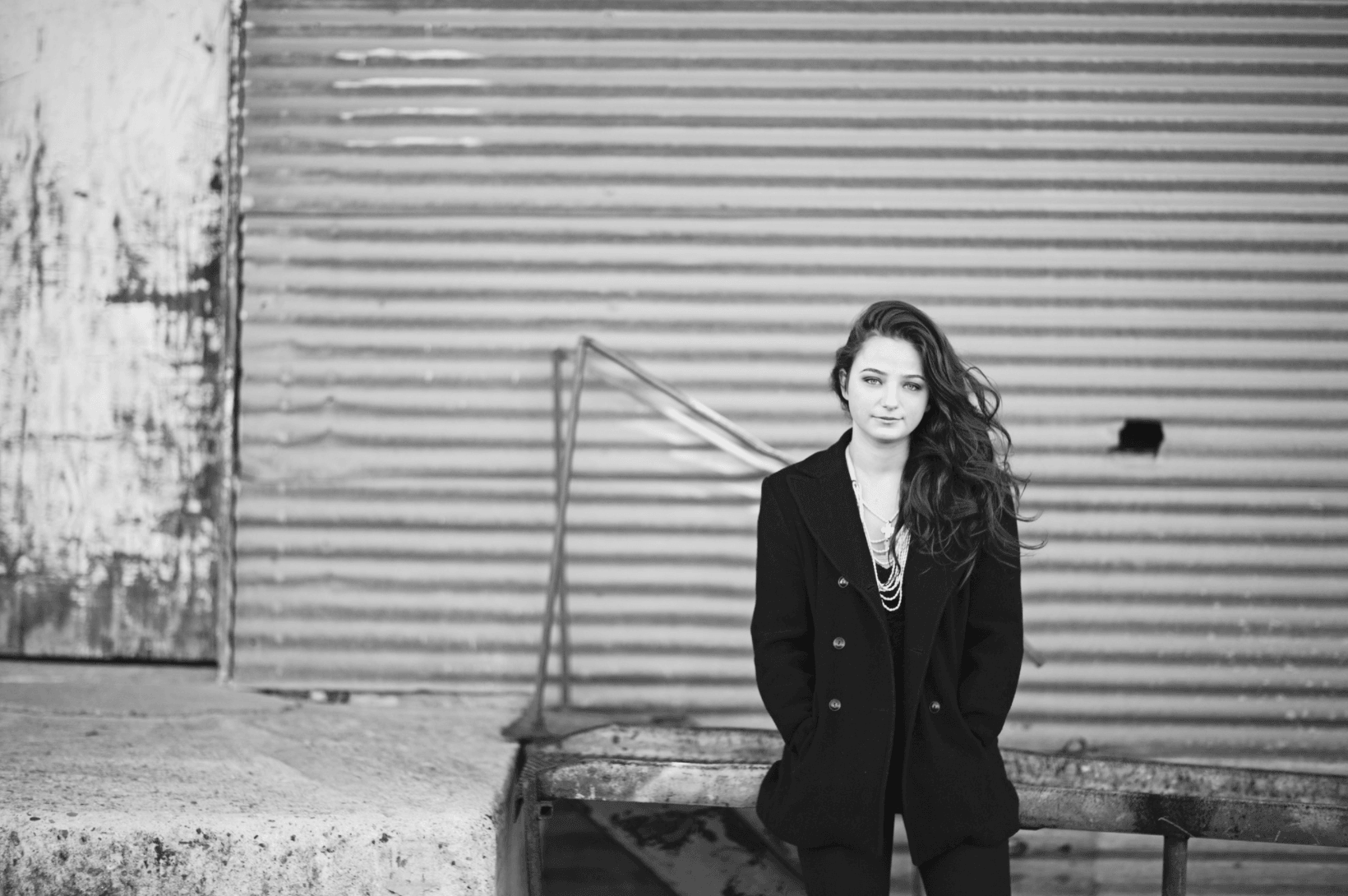
As always, we appreciate you sharing your insights and we’ve got a few more questions for you, but before we get to all of that can you take a minute to introduce yourself and give our readers some of your back background and context?
After graduating college in 2020, my plans for the future faded, like most of the world. I decided to rekindle my creative journey that I first embarked on in 2016. I dove back in and continued to repurpose old, wooden shipping pallets by deconstructing and custom building them into canvases. The wooden pallets have a whole other life of travel before being repurposed as art, symbolizing the depth of my subjects’ iconic storied lives. By transforming discarded urban resources into storytelling pieces, my work explores unexpected beauty within the overlooked and reflects on the connection between our environment’s past, present, and future.
As my work developed and evolved over time, I wanted to experiment with different sustainable, repurposed materials. This shift aligned with new concepts I was developing, moving me in a direction that felt both intentional and exciting, a departure from my earlier “Pallet Portraits.”
Working on my new series for the last eight months has allowed me to experiment with materials, symbolism, technique, and emotion. It’s brought a deeper sense of honesty and vulnerability into my work, especially as I lean more fully into my perspective as an LGBTQ+ artist. I’m looking forward to sharing it in the upcoming months.


How can we best help foster a strong, supportive environment for artists and creatives?
To support artists and foster a thriving creative ecosystem, I believe society needs to let go of the old “starving artist” trope. This narrative discourages emerging artists from pursuing their work seriously. Creatives aren’t just dreamers, they are problem solvers and storytellers, and their work has social and economic value. We need to normalize out-of-the-box thinking, not only in art studios, but also in classrooms, boardrooms, and community spaces. When society values imagination as much as efficiency, we make room for more innovation, empathy, and meaningful change. Encouraging people to explore unconventional ideas and challenge the status quo strengthens everything around us.

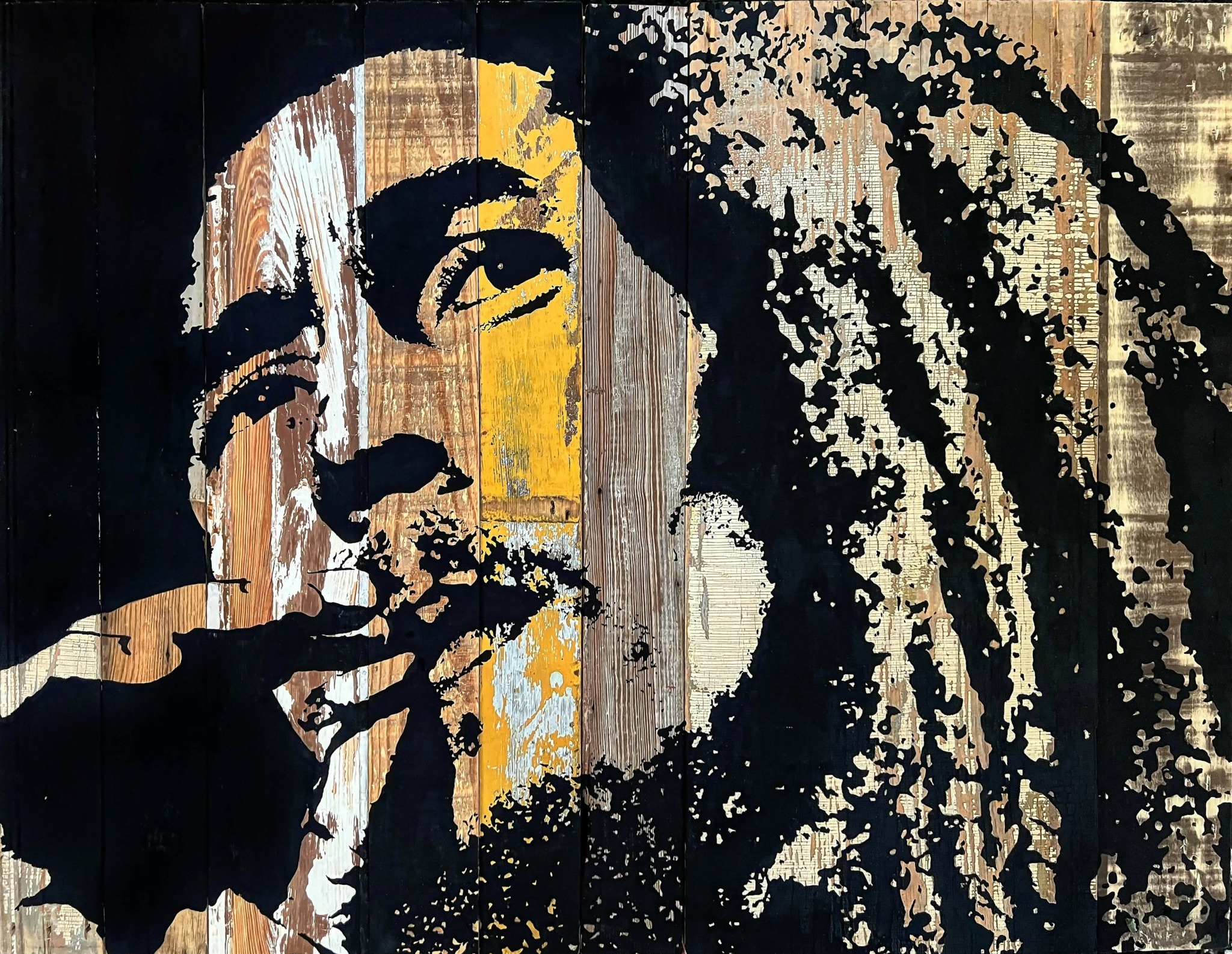
For you, what’s the most rewarding aspect of being a creative?
What I find most rewarding about being an artist is creating something that people can connect to no matter their background. One of the most powerful aspects of creating art is knowing that each viewer will experience it differently. Their interpretations, shaped by their own perspectives and stories, are just as valid as the intention behind the work itself. It’s a way to create an open space for reflection, for conversation, and maybe for people to see parts of themselves they hadn’t noticed before. A way to creatively communicate ideas, perspectives, emotions, experiences, and more, in a language that is universal.
Contact Info:
- Website: https://www.carteragassi.com/
- Instagram: https://www.instagram.com/carteragassiart/#
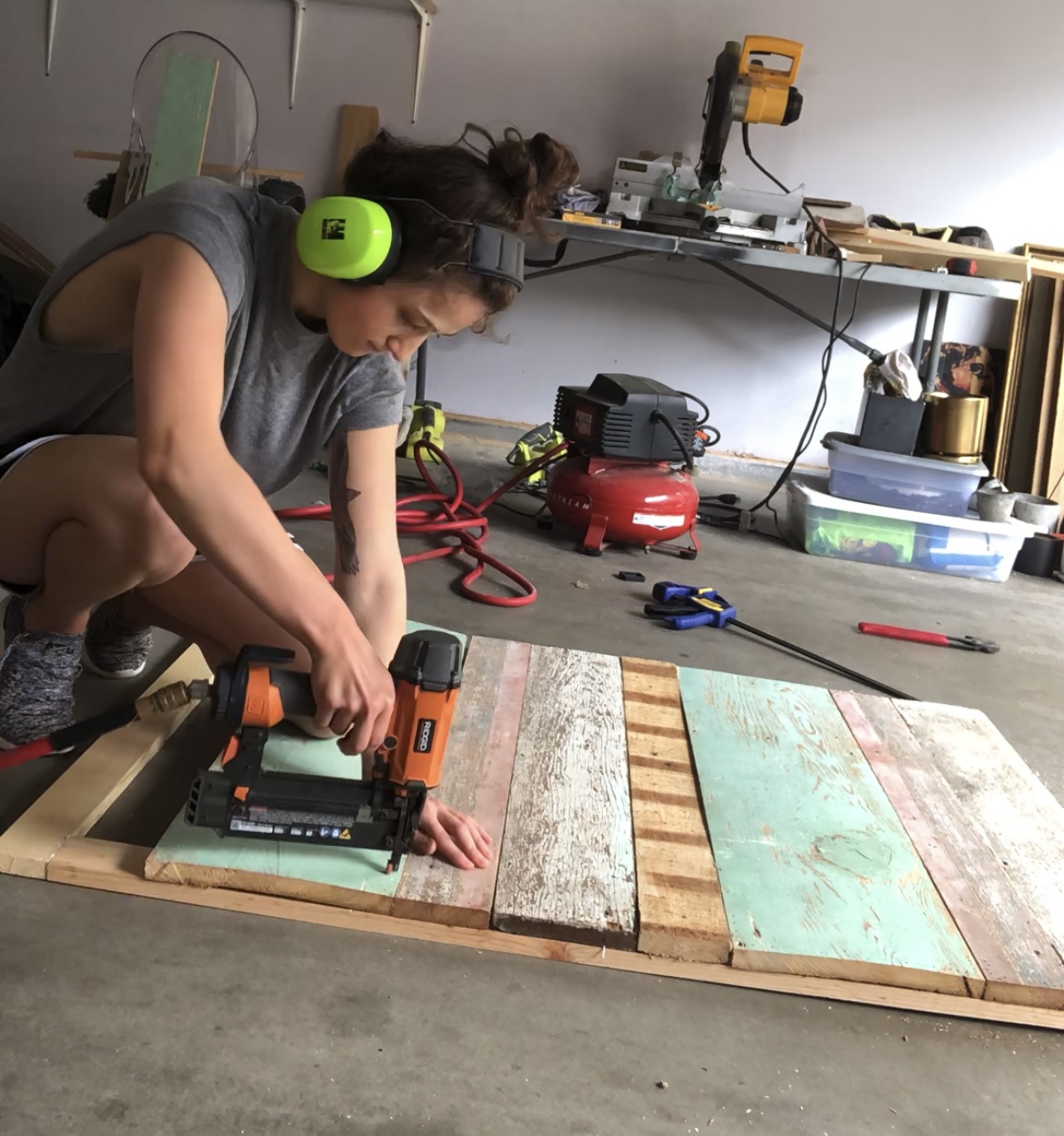

Image Credits
April Pizana Photography


